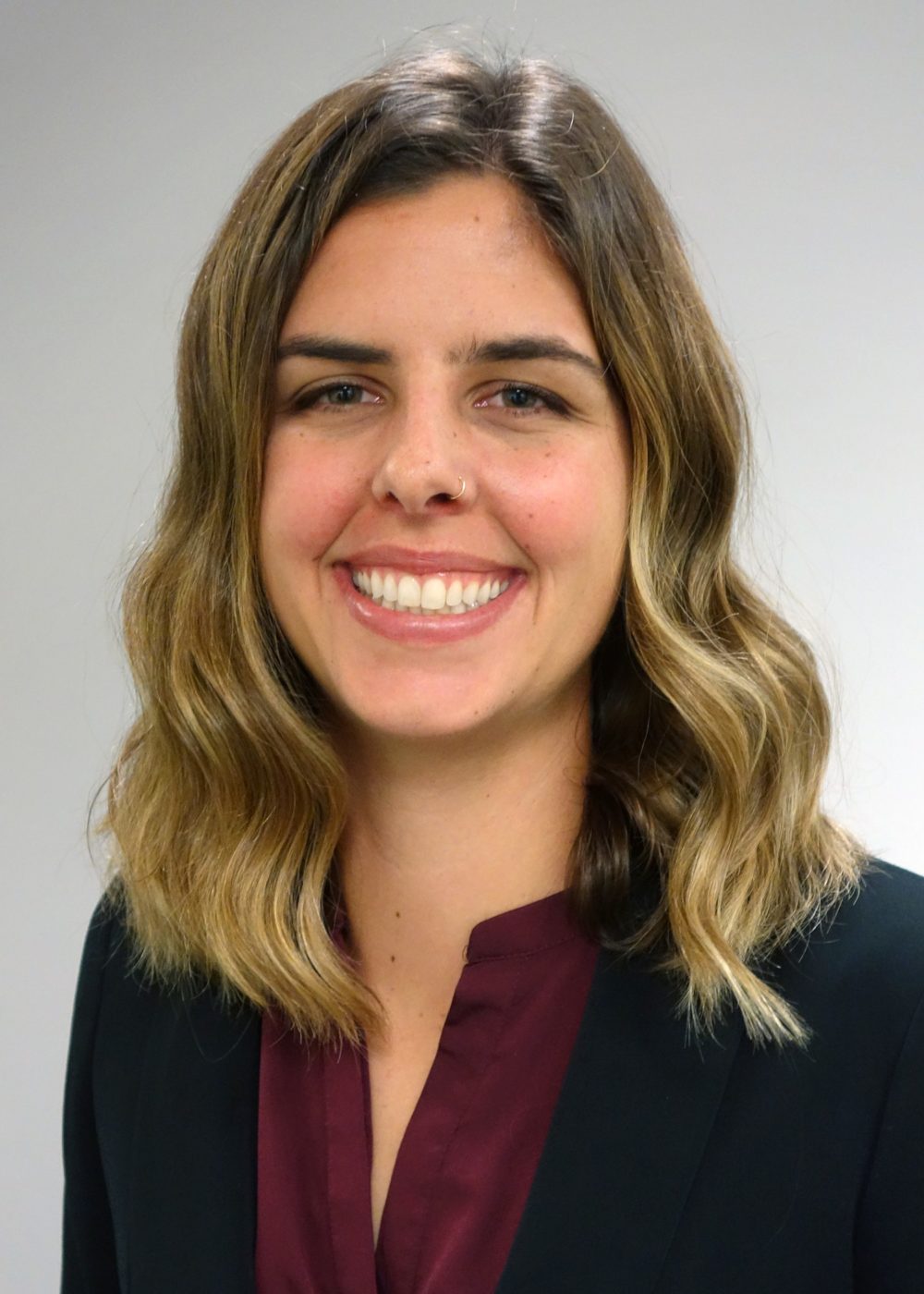

Madison Rasmus, Carollo Engineers

Vince Ines, City of Ventura
Unique to its Southern California neighbors, the City of Ventura is one of the largest regional cities to rely solely on local water supplies. Currently, the city receives water from three sources — Lake Casitas, Ventura River, and groundwater basins. However, like most of California, local water sources have been impacted by decades of drought and regulatory conditions.
Adding to drought issues was a lawsuit brought against the city in 2010 by a local environmental organizations, which argued that the effluent from the city wastewater treatment plant was causing harm to the local wildlife in the Santa Clara River Estuary (SCRE), creating an artificial environment by adding water to the estuary. After years of planning and trying various ideas, the city finally landed on a plan that met the needs of both parties. In 2019, officials agreed to pursue VenturaWaterPure, a potable reuse project that will recover, treat, and reuse water currently discharged into the estuary.
“The project will divert treated wastewater effluent from Ventura’s Water Reclamation Facility to a new Advanced Water Purification Facility (AWPF), where the water will be treated to drinking water standards and then injected into a local groundwater basin for storage, and later extracted and delivered to customers,” said Vince Ines, the city’s wastewater utility manager.
Ines and Carollo Engineers’ Madison Rasmus will present the VenturaWaterPure project at a technical session during the CWEA annual conference. The session is entitled “Reliable Wastewater Treatment for Reliable Water Supply.”
The annual conference session will talk directly about the upgrades to the wastewater treatment plant and the plans to construct an AWPF to provide a drought-resilient water source for the city.
“The City and Carollo recently completed a wastewater facility master plan to inform the City’s future capacity demands, asset replacements, and treatment improvements to meet regulatory requirements,” Rasmus said via email. “The project resulted in a comprehensive roadmap for the City to ensure the longevity of their existing wastewater system and seamless integration into the future AWPF.”
Rasmus said that the presentation will inform attendees of the specific issues quantified from the holistic planning efforts, including a consent decree where the city must comply with, which stipulates discharge volume and water quality to the adjacent estuary.
They will also go into detail with a comprehensive techno-feasibility comparison included in the master plan. Rehabilitation of the existing scondary and tertiary wastewater treatment processes with added nutrient removal upgrades were compared against a membrane bioreactor (MBR) and ultraviolet (UV) disinfection.
And lastly, they plan to discuss meeting Reuse Regulations currently in development by the State of California. The MBR alternative at the wastewater treatment plant will be the foundation for the future AWPF. The MBR filtrate will be UV disinfected, complying with Title 22 unrestricted non-potable reuse, and be suitable for direct application onto reverse-osmosis membranes. A portion of this flow can be further treated at the future AWPF with reverse-osmosis and UV advanced oxidation and produce a water compliant with indirect potable reuse requirements.
“The presentation will demonstrate how a wastewater facility plan can not only include a thorough evaluation of wastewater treatment plant assets but can also look forward to considering projects to be implemented to help achieve a resilient future water supply,” Rasmus said.
Rasmus and Ines are working on upgrading the Ventura Water Reclamation Facility project. The MBR and UV treatment upgrades recommended in the master plan has moved forward to design. The construction of these elements is slated to be completed in 2027.
“Once these projects are completed, it will be like having two new facilities,” Ines said.
Ines began his wastewater career as an OIT for the City of Oxnard wastewater plant. For 17 years, he worked his way up to a Grade 5 Wastewater Operator and Treatment Operator 2 emphasizing potable water. During this tenure, he was the Operations Manager/Chief Plant Operator for both the wastewater treatment plant ans the advanced water purification facility.
During his time at Oxnard, Ines was instrumental in building the city’s AWPF. In Oxnard, the water undergoes purification using microfiltration, reverse osmosis, and advanced oxidation with ultraviolet light and hydrogen peroxide.
“We basically taught ourselves how to run the Oxnard AWPF after it was built,” he said. “It was a big learning curve.”
When the job was announced in Ventura three and a half years ago, Ines decided to apply. The acting general manager at the time asked why he would want to work there.
“I wanted to help with the knowledge I had learned from Oxnard to build the AWPF in Ventura. I thought it would be a great experience,” he said.
Carollo Engineers has been involved in the planning and design of many central coast reuse projects, including the AWPF in Oxnard. She began working at Carollo three and a half years ago as an environmental engineer and has been involve in a series of wasetwater, water reuse, and water supply planning studies throughout California.
Before coming to Carollo, she attended the University of Texas at Austin, receiving her master’s degree in Environmental Engineering. Rasmus completed her undergraduate work at the University of California, Davis, where she received her bachelor’s degree in Civil Engineering.
Before finishing school in Texas, she worked at Black & Veatch as a staff engineer for two years in the greater San Diego area, providing engineering support for water, wastewater, and recycled water projects throughout Southern California.
Reliable Wastewater Treatment for Reliable Water Supply
Thursday, April 20, 2023
9:15 AM – 10:15 AM PST
Learning Objectives: